Photographer based in Madrid, Spain
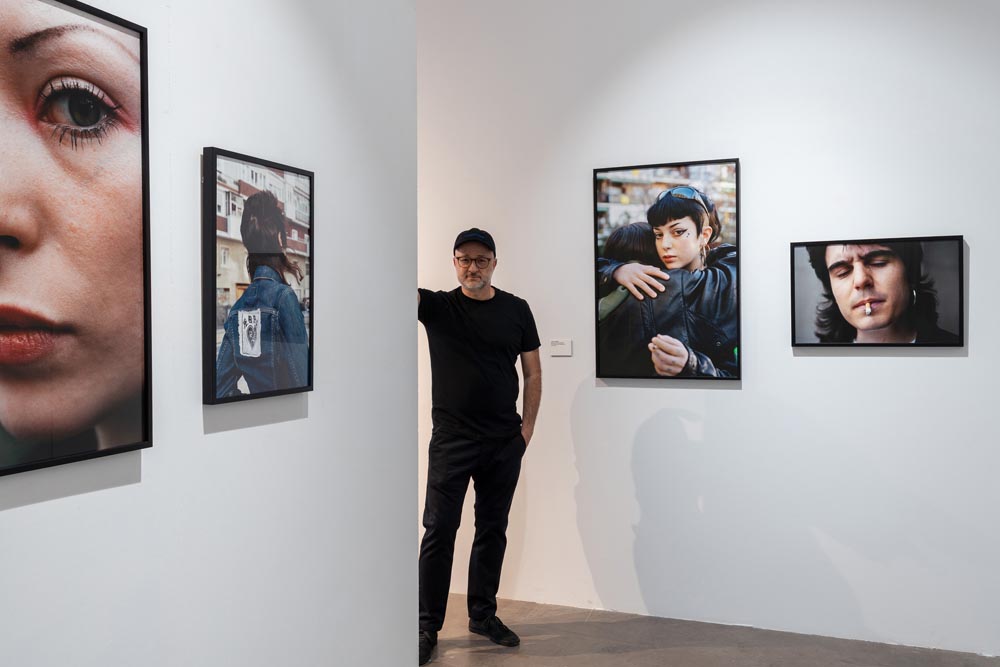
Jesús Umbría Brito, Portrait of the Photographer
Tell us about yourself, what's your background?
During my university studies, I studied photography, aesthetics and composition, but my professional career over the following 20 years shifted toward the world of broadcast moving images. It wasn't until about five years ago that I felt the need to pick up a camera again to develop a project. That’s when I began studying narrative once more, in order to give meaning to what I had been doing intuitively. It was then that I realized I wanted to be a photographer — or at least someone who wants to tell stories through images.
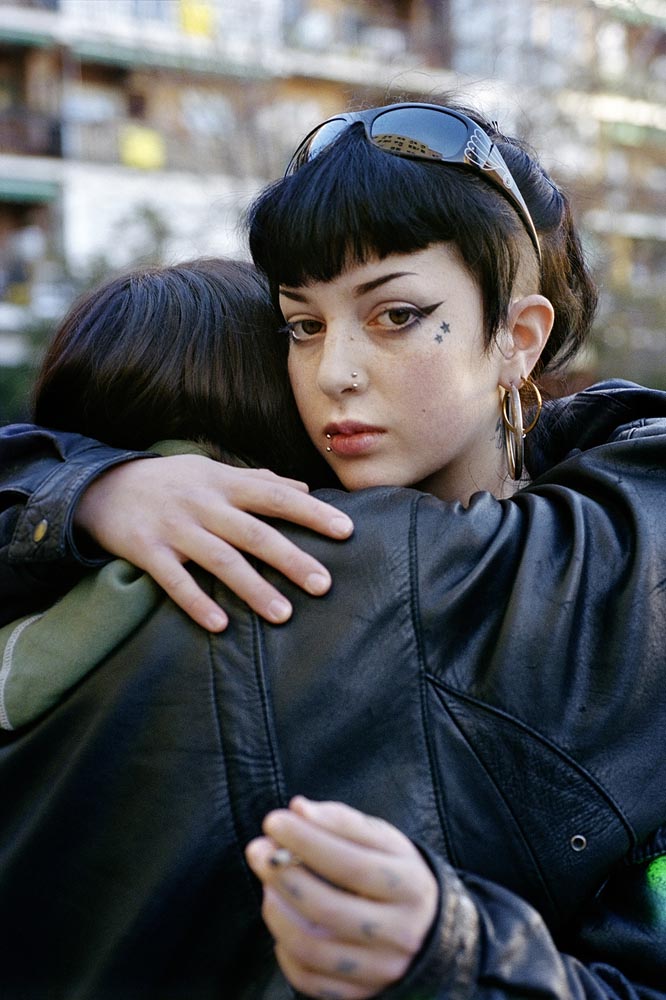
Coco, Sofía y Bruno. 06.10.23. Film Photography. 35mm, ©Jesús Umbría Brito
“TKTK"
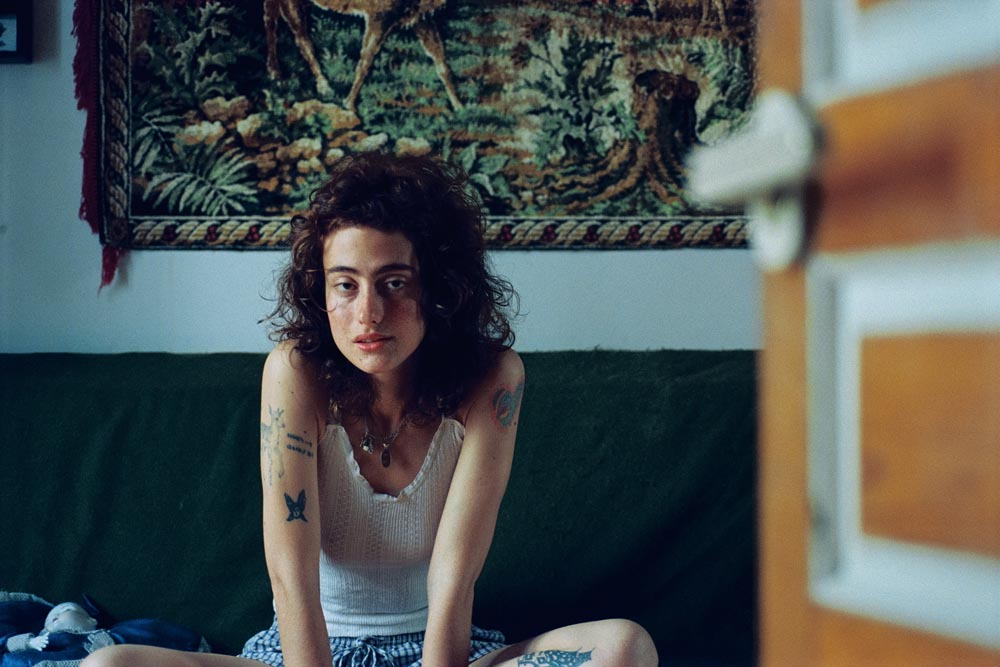
Alinor, 19.06.2025, Film Photography. Alinor in the living room of her house.
What are you currently working on and where did the inspiration for it come from?
I’m currently working on two projects in parallel. On one hand, there's Retaguardia, my main project — the one I submitted to Innovate — which I’ve been involved with since late 2021. On the other hand, I’m developing a new series called Colombina, which I began last summer in La Gomera, one of the smallest islands in the Canary Islands and the birthplace of my maternal grandparents.
This second project explores family memory, roots, and the inevitable erosion of time. It’s a visual testimony of the decline of Spain’s outermost territories — once vibrant towns now slowly fading into the silence of abandonment. In this case, the inspiration comes from personal experience, from feeling strangely connected to a land where no one from my bloodline lives anymore.
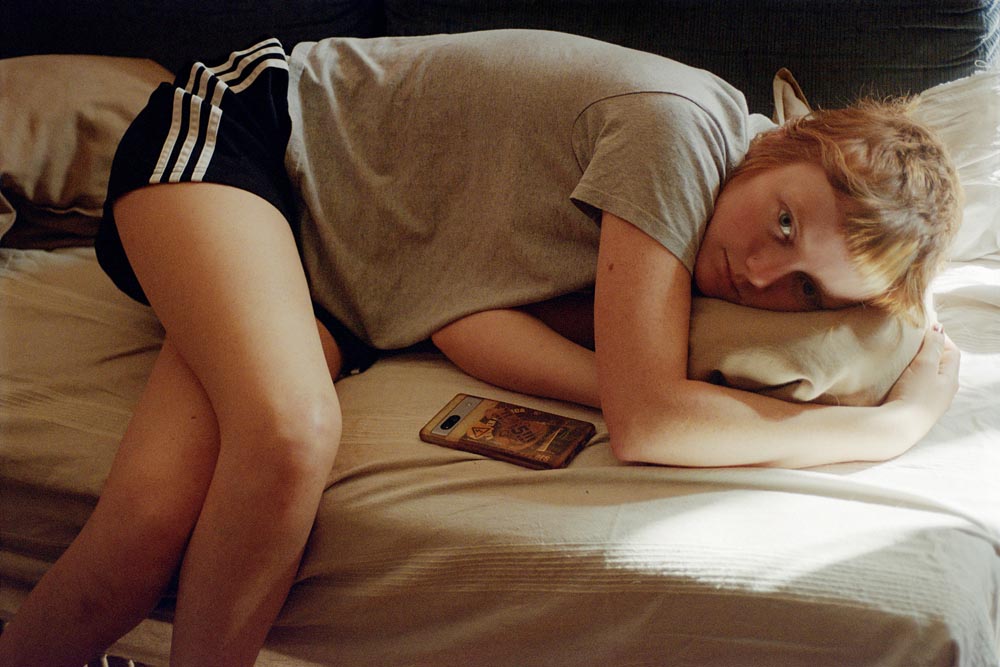
África. 06.02.25. Film Photography. 35mm, ©Jesús Umbría Brito
Innovation does not only happen in the field of technology — it occurs everyday in a creative practice. What do you do for inspiration?
In my case, innovation comes from the practice itself — from trial and error in my process. It comes from what I constantly learn while sequencing and editing my work, applying to open calls, and figuring out which materials and methods are best suited to produce my projects. That’s what innovation means to me. I keep taking photos the same way, but I believe I understand my process more deeply each time.
As for inspiration, it can come from anywhere — reading a book, seeing an exhibition, attending a concert or a film, or even from a conversation. I guess it’s just about being present in the world.
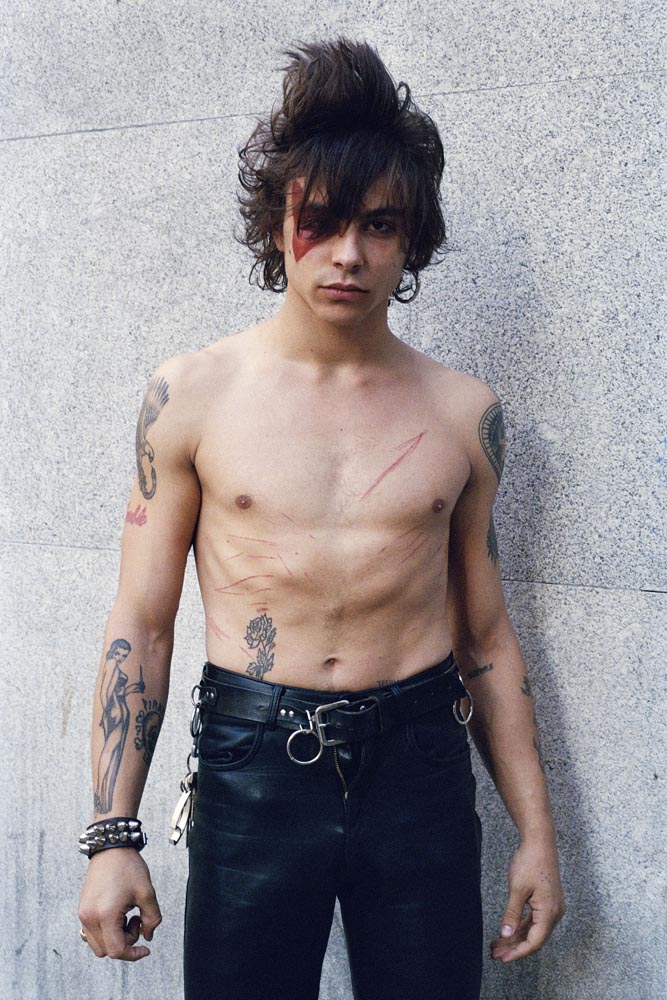
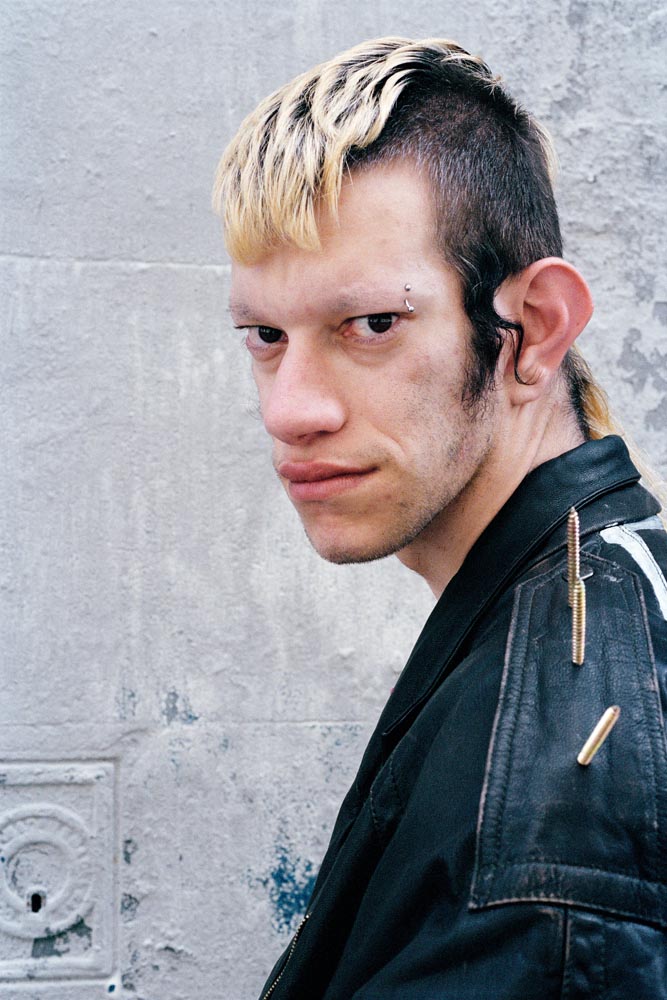
(Left) Análisis. 28.06.24. Film Photography. 35mm (Right) Adassa. 27.05.24. Film Photography. 35mm
Describe your practice and process. Where do ideas start for you? In the studio or being in the world?
At the beginning, I used to shoot compulsively. I knew there was a story I wanted to tell, and I tried to document it in a much more intuitive way. I felt like what I was seeing could disappear at any moment — I didn’t know how long that situation I wanted to capture would last. Once I had a large enough body of work to begin editing, I could see what was missing to really tell the story. That’s when I started to plan more carefully. Let’s say I began to develop, sequence, and construct a narrative in a much more rational and deliberate way.
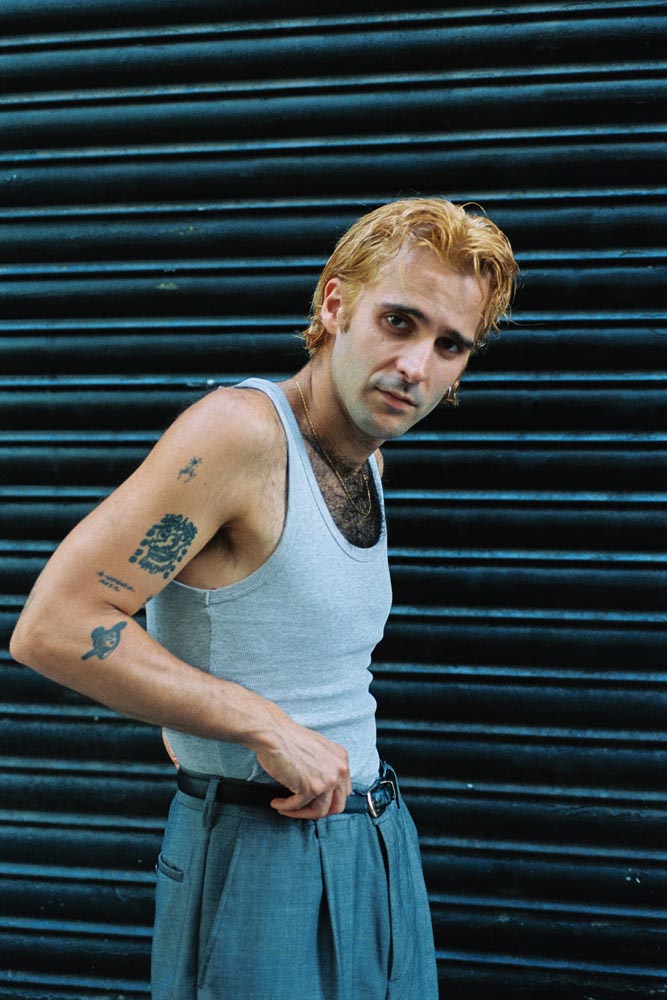
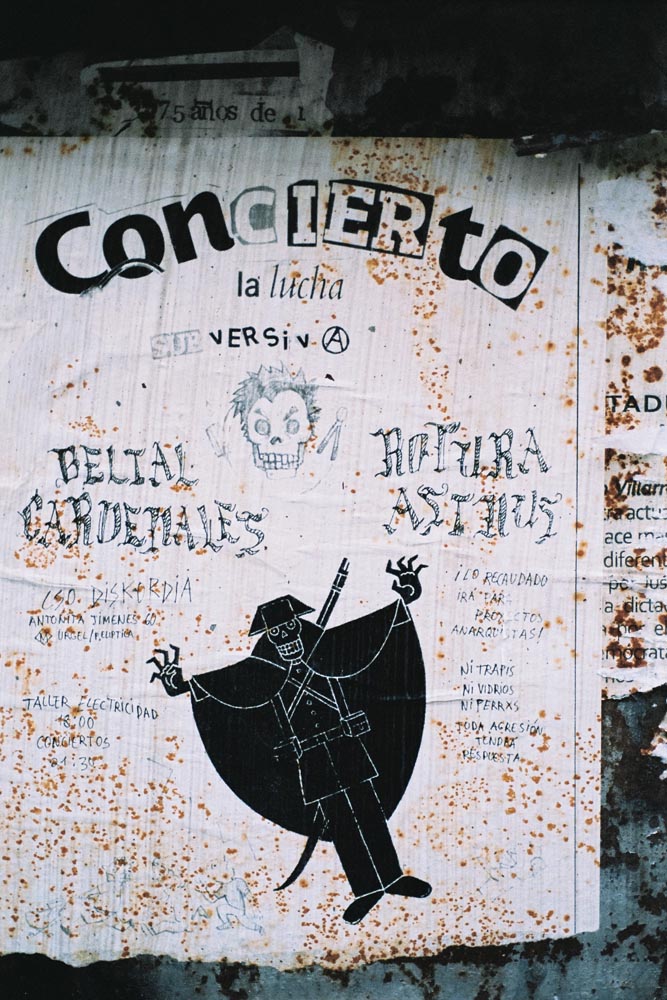
(Left) Benoit, 13.06.2025, Film Photography. Benoit before the Diamante Negro concert. (Right) Diskordia, 09.03.2025, Film Photography. A poster announcing a concert at the squatted house Diskordia.
How do you make your work, does it start with a sketch?
At the beginning, I used to shoot compulsively. I knew there was a story I wanted to tell, and I tried to document it in a much more intuitive way. I felt like what I was seeing could disappear at any moment — I didn’t know how long that situation I wanted to capture would last. Once I had a large enough body of work to begin editing, I could see what was missing to really tell the story. That’s when I started to plan more carefully. Let’s say I began to develop, sequence, and construct a narrative in a much more rational and deliberate way.
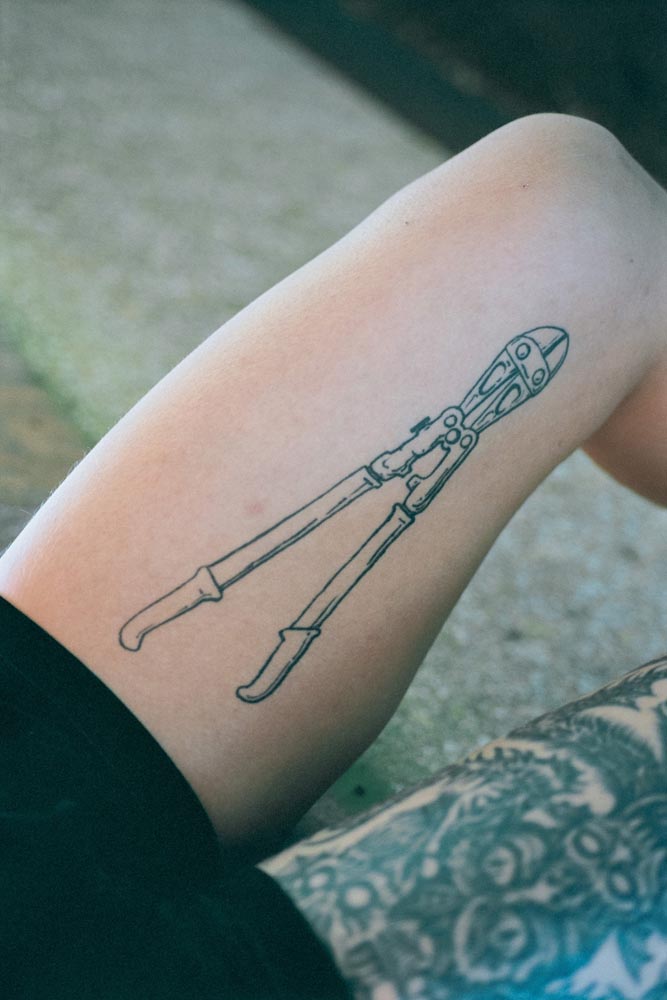
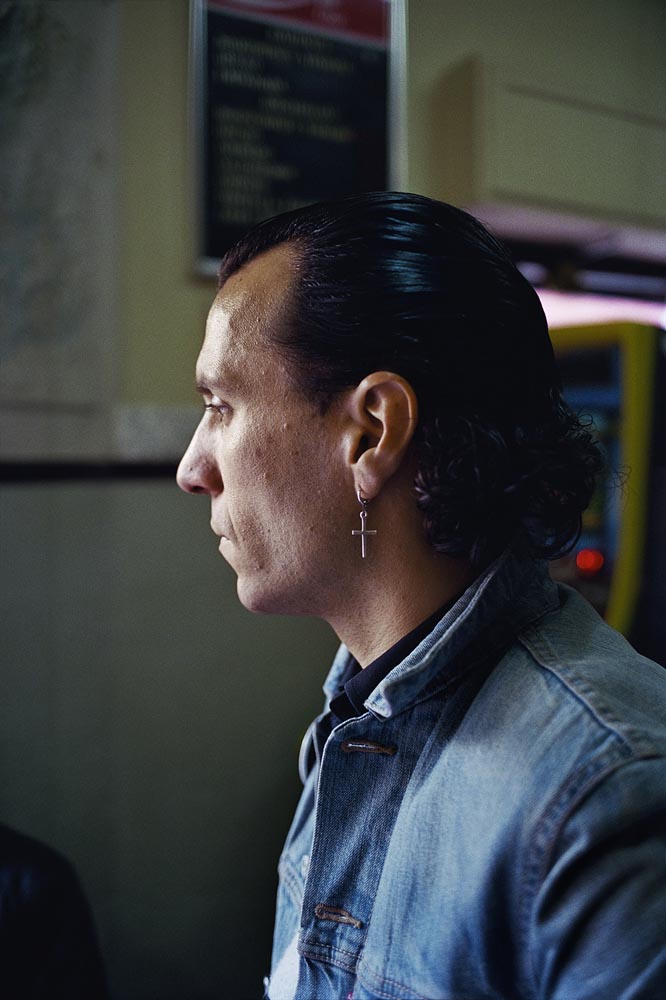
(Left) Tetas Frías, 07.05.2025, Film Photography. Marta’s tattoo, member of the band Tetas Frías. (Right) Bea. 14.04.24. Film Photography. 35mm, ©Jesús Umbría Brito
Many artists live by their routines, what does that look like for you?
Well, I usually work on my photography in the afternoons and on weekends, which is the time I have available outside of my job. I don’t have a standardized process or a specific ritual. I’m portraying a small community that I’m currently immersed in, and in many ways, I depend on how it moves and how the subjects interact. The project has a documentary foundation, so I rely heavily on their rhythms. Sometimes I can schedule meetings and organize a routine, but often that’s just not possible.
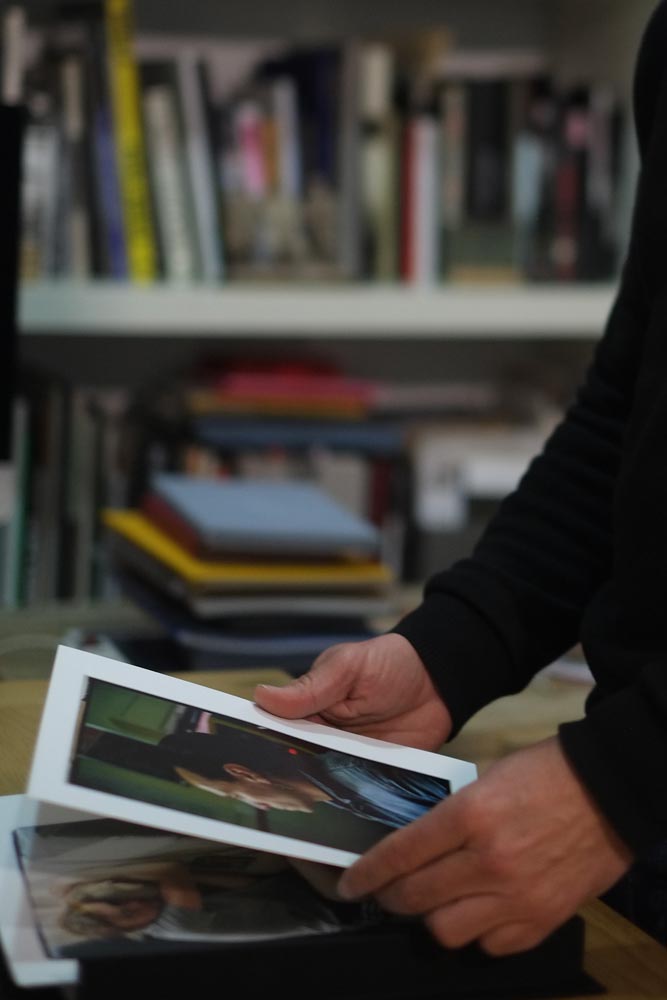
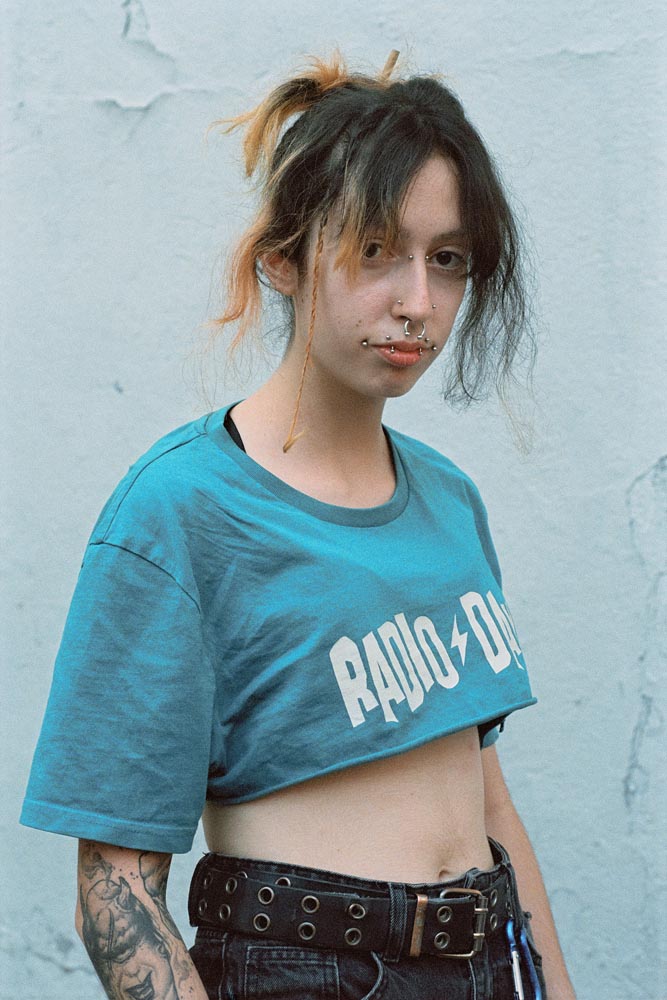
(Left) Juan Valbuena from Phree publishing house reviewing the work. Madrid, Spain (Right) Alicia, 13.06.2025, Film Photography. Alicia outside the Ovni bar.
Who are your biggest influences?
Bruce Davidson, Jim Goldberg, Richard Avedon, Diane Arbus, Mary Ellen Mark and Chris Killip.
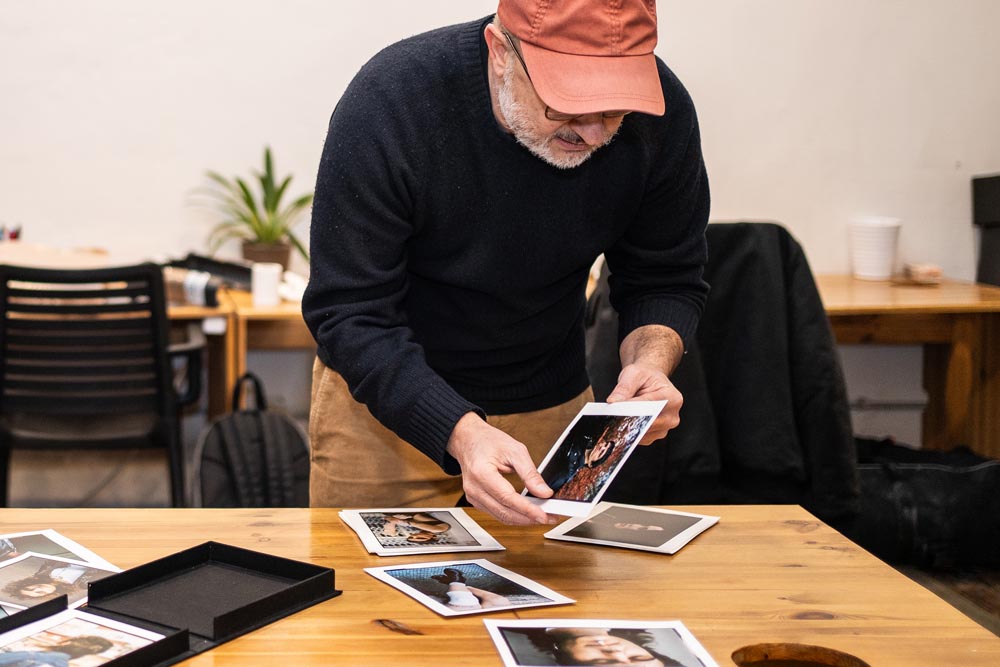
Sequencing the work. Madrid, Spain
Are there books or films that are an important source of inspiration?
For my ongoing project Retaguardia, I would say that the adaptations Francis Ford Coppola made of Susan E. Hinton’s novels — Rumble Fish and The Outsiders — have been especially important. Also, Splendor in the Grass by Elia Kazan, Kids by Larry Clark, and Mystery Train by Jim Jarmusch. These are works that, to me, speak about the search for identity and the need to belong during a complicated age when emotions are intensified, inner monsters are set free, comparisons become sharper, and we feel more vulnerable and sensitive than ever.
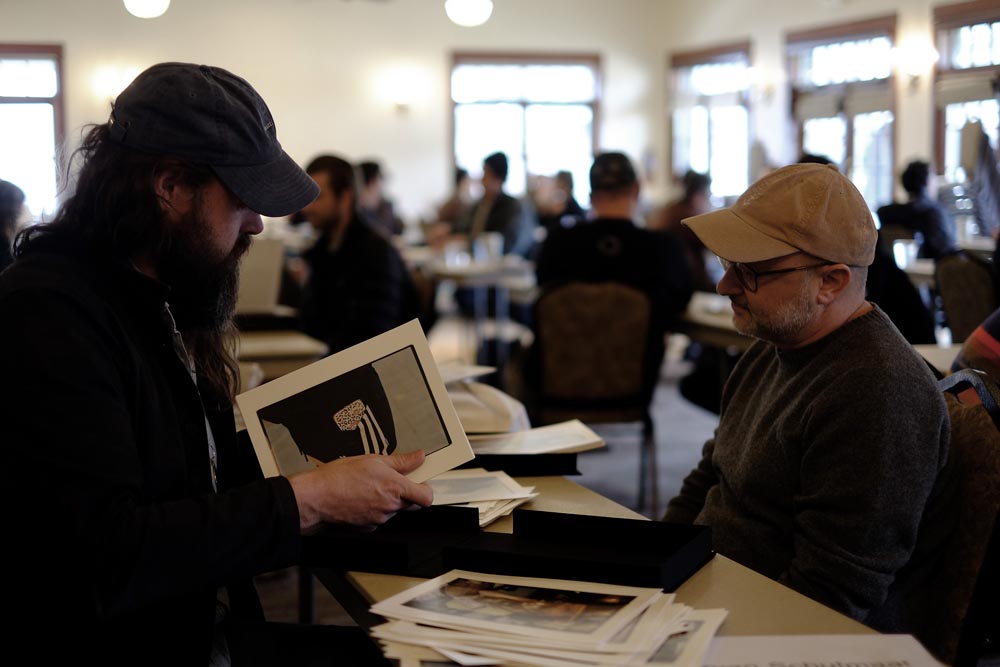
With Bryan Schutmaat at Chico Review 2025. Montana, USA
How will Innovate Grant contribute to your practice?
First of all, I would say it's an honor to have my work considered and valued. But above all, this grant represents recognition for all the hours I dedicate to photography — the sacrifice involved in continuing my project using analog photography, the time I spend preparing open calls, writing statements, editing and sequencing my work, and studying how to structure it. It’s an award that carries a lot of meaning for me, and without a doubt, it will boost my motivation and provide financial support to keep going.
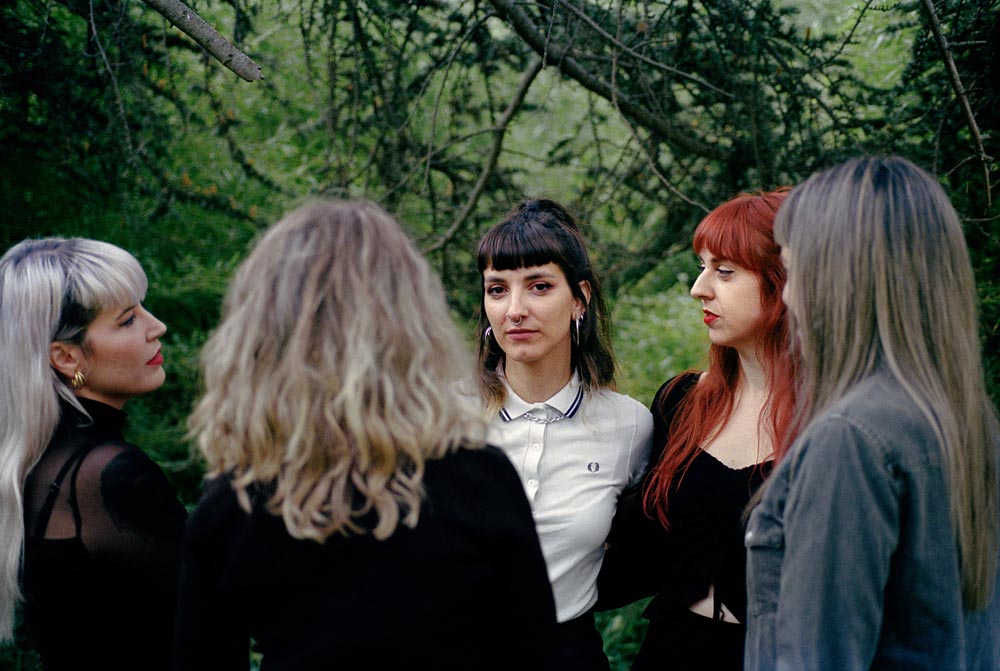
Alba. 11.01.25. Film Photography. 35mm, ©Jesús Umbría Brito
What is the best piece of advice you’ve been given?
Never stop taking pictures.
What is the best advice you would give to other artists?
Shoot, shoot, shoot.
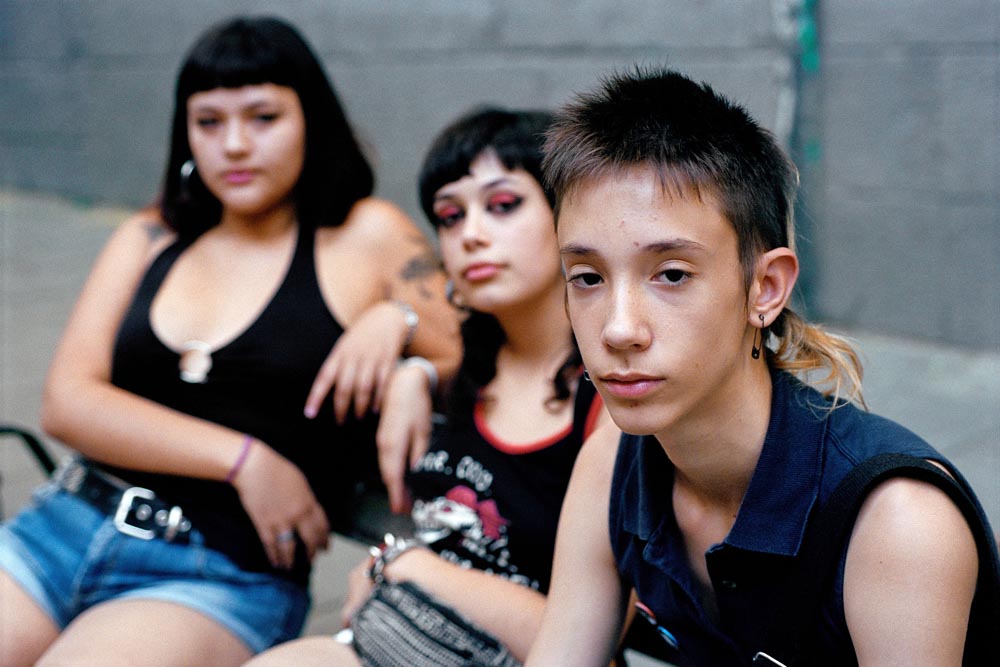
Coco, Sofía y Bruno. 06.10.23. Film Photography. 35mm
Stay up to date with Jesús Umbría Brito
Website umbriabrito.com